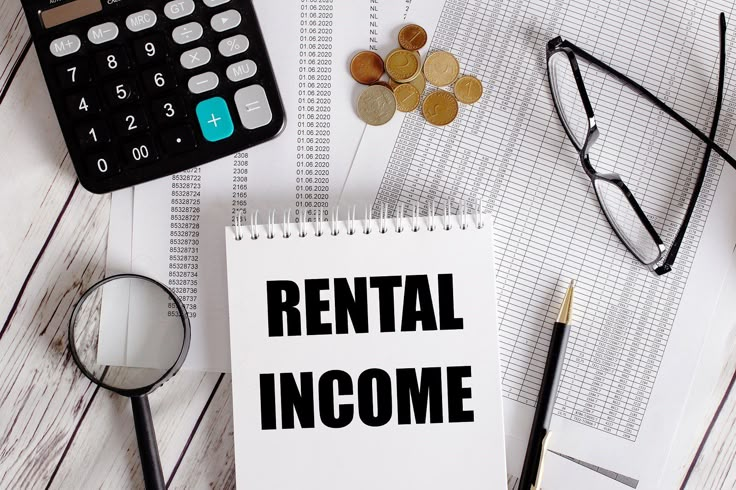How Do Interest Rates Impact Mortgage Affordability?
Interest rates are a critical factor in determining how much home you can afford. They directly affect the cost of borrowing, influencing your monthly mortgage payments and the total amount you pay over the life of the loan. Even a small change in interest rates can significantly impact your ability to afford a home, making it essential for potential homeowners to understand the dynamics of mortgage rates and affordability.
This guide explores the relationship between interest rates and mortgage affordability, the factors that influence interest rates, and strategies to manage their impact when buying a home.
Understanding the Relationship Between Interest Rates and Mortgage Payments
Interest rates represent the cost of borrowing money from a lender. For mortgages, the interest rate determines how much extra you’ll pay in addition to the principal loan amount. Over time, this can add up to tens of thousands of dollars, depending on the loan amount and term.
How Interest Rates Affect Monthly Payments
Let’s break it down with an example:
- Loan Amount: $300,000
- Loan Term: 30 years
At different interest rates, here’s how the monthly payment (excluding taxes and insurance) changes:
- 3% Interest Rate: $1,265
- 4% Interest Rate: $1,432
- 5% Interest Rate: $1,610
- 6% Interest Rate: $1,798
As you can see, a 3% increase in the interest rate—from 3% to 6%—results in a $533 increase in monthly payments. Over a year, this adds up to an additional $6,396, and over 30 years, you’d pay nearly $192,000 more in interest.
The Long-Term Impact on Total Loan Costs
Higher interest rates also affect the total cost of the loan. Using the same $300,000 loan example:
- At 3% Interest: Total interest paid over 30 years = $155,332
- At 6% Interest: Total interest paid over 30 years = $347,514
That’s a difference of nearly $192,000 in interest payments alone.
Key Factors That Influence Interest Rates
Understanding the factors that drive interest rates can help you anticipate changes and make informed decisions.
- Economic Conditions
Interest rates are closely tied to the broader economy. When the economy is strong, with low unemployment and high consumer spending, the demand for credit increases, often leading to higher interest rates. Conversely, during economic downturns, central banks may lower rates to stimulate borrowing and investment.
- Federal Reserve Policies
In the U.S., the Federal Reserve (or Fed) plays a significant role in setting benchmark interest rates. While the Fed doesn’t set mortgage rates directly, its policies influence the overall cost of borrowing. For example, when the Fed raises its federal funds rate, mortgage rates often follow suit.
- Inflation
Inflation erodes money’s purchasing power over time. To combat inflation, lenders charge higher interest rates to maintain their returns. Higher inflation typically leads to higher mortgage rates.
- Credit Score and Loan Type
Your credit score significantly impacts the interest rate you’re offered. Higher credit scores indicate lower risk for lenders, often resulting in more favorable rates. Additionally, the type of loan you choose—fixed-rate, adjustable-rate, FHA, VA, or jumbo loan—affects the interest rate.
Impact of Interest Rates on Home Affordability
Higher interest rates reduce the amount you can borrow while keeping monthly payments within your budget. This means you need to lower your home price expectations when rates rise.
Example Scenario
Suppose you have a monthly budget of $1,500 for mortgage payments:
- At a 3% interest rate, you can afford a home priced at approximately $350,000.
- At a 6% interest rate, to keep the same $1,500 payment, your budget drops to a home priced around $275,000.
This demonstrates how rising rates can limit your purchasing power, potentially pushing your dream home out of reach or requiring compromises on location, size, or amenities.
The Role of the Debt-to-Income (DTI) Ratio
Lenders use the debt-to-income ratio to evaluate your ability to manage monthly payments and repay the loan.
- Front-End DTI: Focuses on housing expenses, including principal, interest, taxes, and insurance. Most lenders prefer this to be at most 28% of your gross monthly income.
- Back-End DTI: Includes all monthly debt obligations (e.g., student loans, car payments, credit cards) and should not exceed 36-43% of your gross income, depending on the lender.
Higher interest rates can increase your monthly mortgage payments, pushing your DTI ratio above acceptable limits and potentially affecting your loan approval.
Strategies to Mitigate the Impact of Rising Interest Rates
Although interest rates are beyond your control, there are several ways to minimize their impact on your mortgage affordability:
- Improve Your Credit Score
A higher credit score can help you secure a lower interest rate. Pay down debts, avoid late payments, and check your credit report for errors to boost your score before applying for a mortgage.
- Consider Different Loan Types
- Fixed-Rate Mortgages: Provide stable payments, protecting you from future rate hikes.
- Adjustable-rate mortgages (ARMs) Offer lower initial rates, which can be advantageous if you plan to sell or refinance before the rate adjusts.
- Lock in Your Rate
When rates are favorable, consider locking in your mortgage rate. Rate locks typically last 30 to 60 days, protecting you from rate increases during the home-buying process.
- Increase Your Down Payment
A larger down payment reduces the amount you need to borrow, lowering your monthly payment and the impact of higher interest rates.
- Refinance When Rates Drop
If you already have a mortgage, refinancing to a lower rate when market conditions improve can save you money. However, factor in closing costs to ensure refinancing makes financial sense.
- Explore Discount Points
Discount points are upfront fees paid to reduce your mortgage’s interest rate. One point typically costs 1% of the loan amount and can lower your rate by 0.25%. This strategy can be beneficial if you plan to stay in the home long-term.
Conclusion
Interest rates play a pivotal role in determining mortgage affordability. They impact monthly payments and the total cost of homeownership. As rates fluctuate, they can influence the types of homes you can afford and your overall financial planning.
By understanding how interest rates affect mortgage affordability and implementing strategies to navigate rate changes, you can make informed decisions that align with your financial goals. Whether you’re a first-time buyer or considering refinancing, staying proactive and adaptable is key to making the most of your real estate investments.

